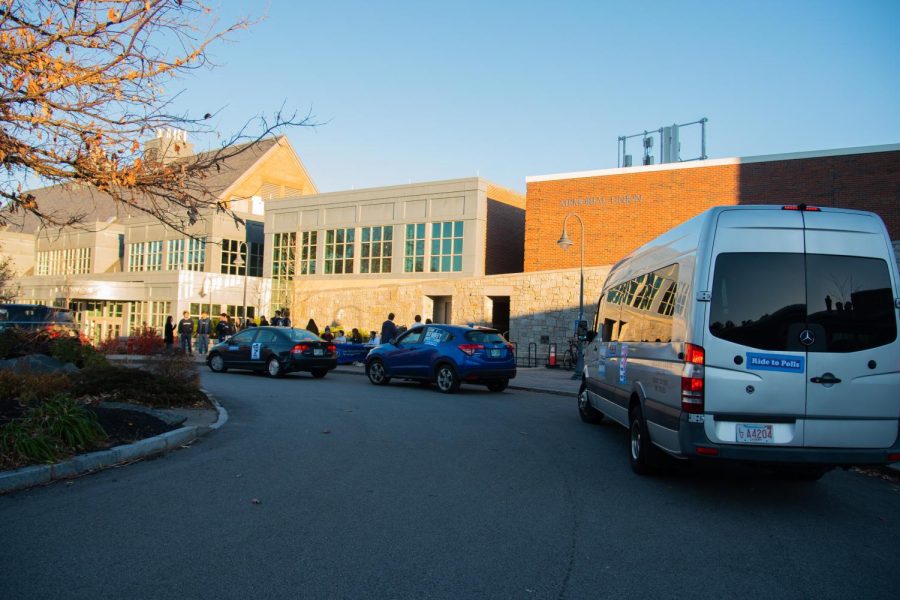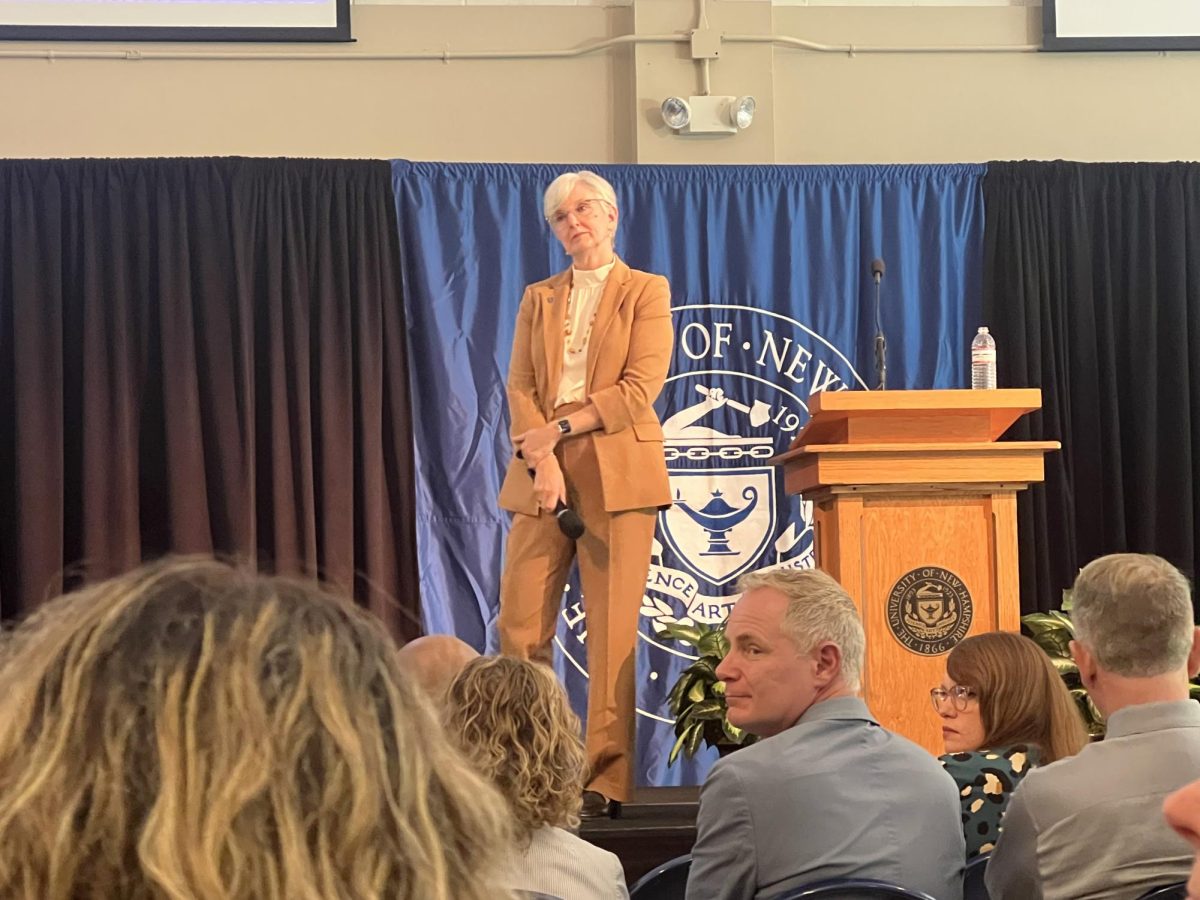In November, President Joe Biden signed into law an infrastructure bill that will affect the entire country. The trillion-dollar piece of legislation will go towards roads, bridges, public transportation and more across the country. Currently, one bridge in Durham located on Mill Road is considered red-listed and multiple swaths of pavement are deemed in poor or fair condition, according to the NH Department of Transportation (DOT)’s last survey.
Biden spent his recent stop in N.H. speaking from one of these red-listed bridges in Woodstock, New Hampshire. A report by 24/7 Wall St. said there are 215 bridges in New Hampshire that are in poor condition. This puts New Hampshire 16th in the nation for towns with the most unsafe bridges.
Red-listed bridges are defined by the DOT as “having one or more major elements in poor (or worse) condition.” These elements being “deck, superstructure, and substructure [or culvert].”
The superstructure of a bridge is most easily defined as the horizontal section which is supported by the more vertical substructure. In a DOT report the Durham bridge’s culvert was deemed poor. Red listed bridges are inspected either twice a year or once a year, whereas regular bridges are only inspected every 24 months.
But just repairing infrastructure is not all the bill offers.
The White House’s website puts an emphasis on infrastructure that will withstand a changing climate. One of the objectives outlined in Biden’s plan is to “repair and rebuild our roads and bridges with a focus on climate change mitigation, resilience, equity, and safety for all users.”
Jo Sias, a professor of civil and environmental engineering at UNH has recently been focusing on how to make roads more resilient to the weather. She said the design philosophy is to not only create more weather-resistant infrastructure but also infrastructure that won’t be a problem if it fails. “The idea is that you design something that is safe to fail, rather than fail-safe,” said Sias.
Durham also has its fair share of roads in poor condition. The New Hampshire DOT map highlights a few spots around the town in red showing their poor condition, with the majority of campus being in fair condition. The website notes there may be inaccuracies in the data if the roads have been paved since their last survey.
The infrastructure bill in total gives $1.1 billion for New Hampshire highways and $225 million for bridge replacement and repairs over the next 5 years. The bill also included $125 million for public transport, $100 million for high speed broadband across the state, $5.6 million to protect against wildfires, $418 million over five years for water infrastructure, $45.6 million for airport infrastructure over 5 years and $12.4 million to protect against cyber attacks.
The bill comes at a time when N.H. DOT is working on their decennial 10 year plan. Chief Communications Officer Eileen P. Meaney said the bill has already been integrated into their planning.





















